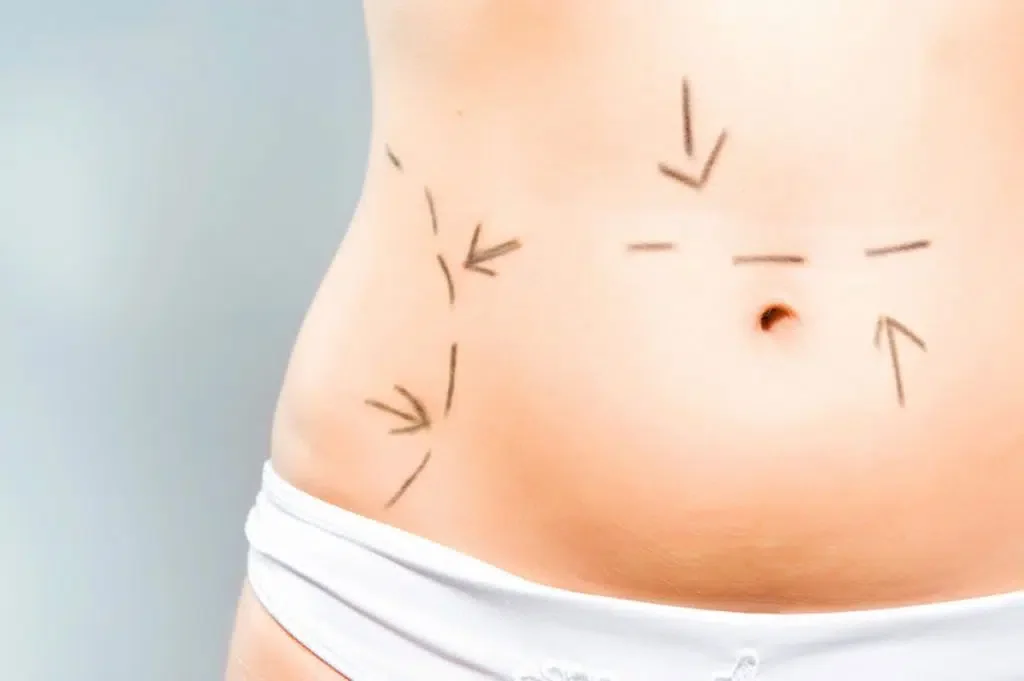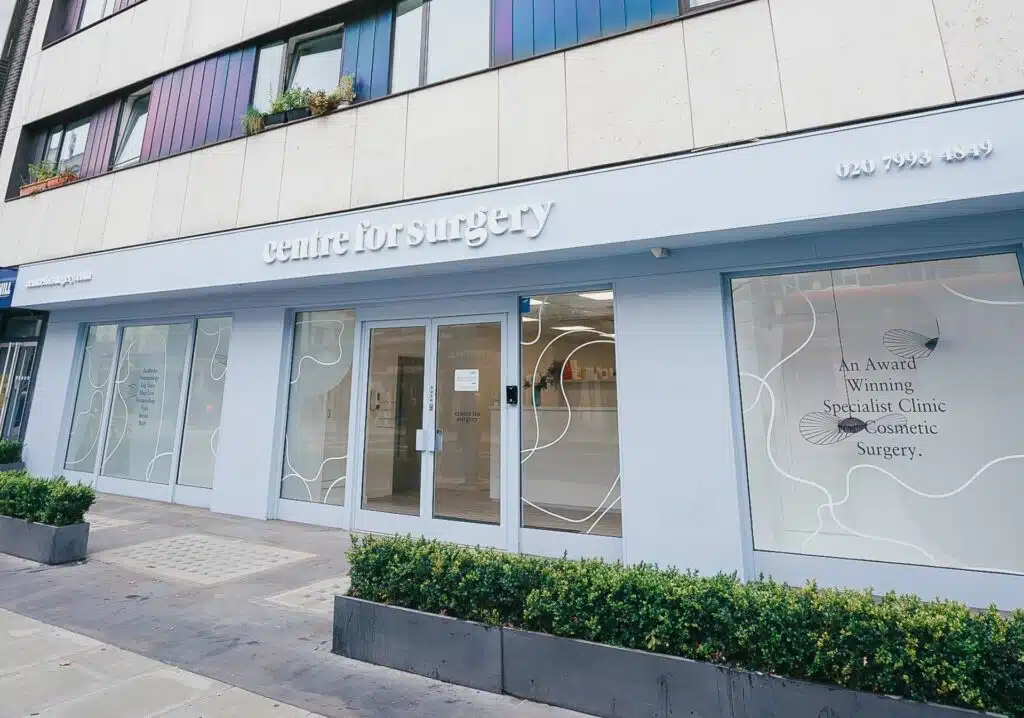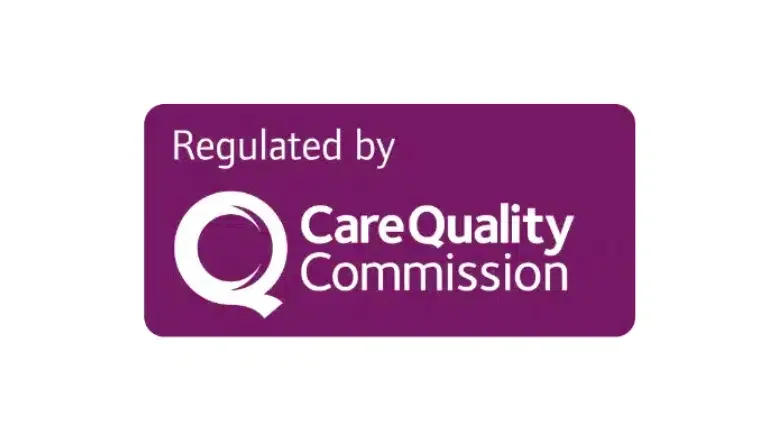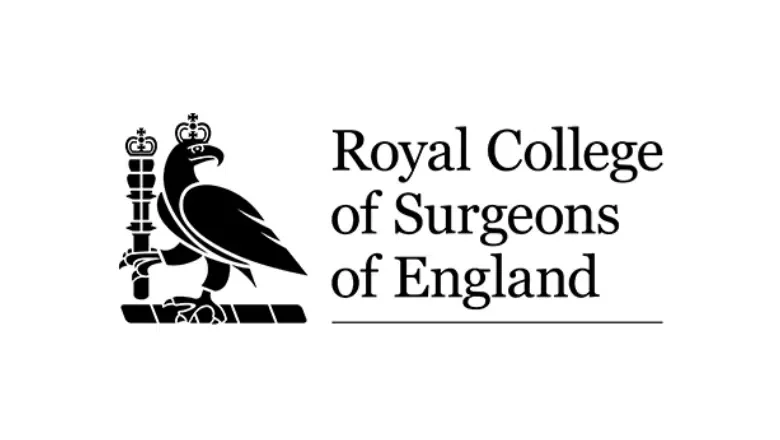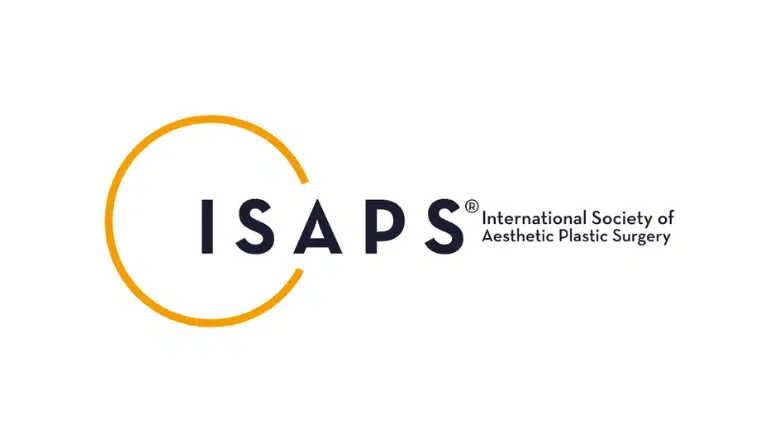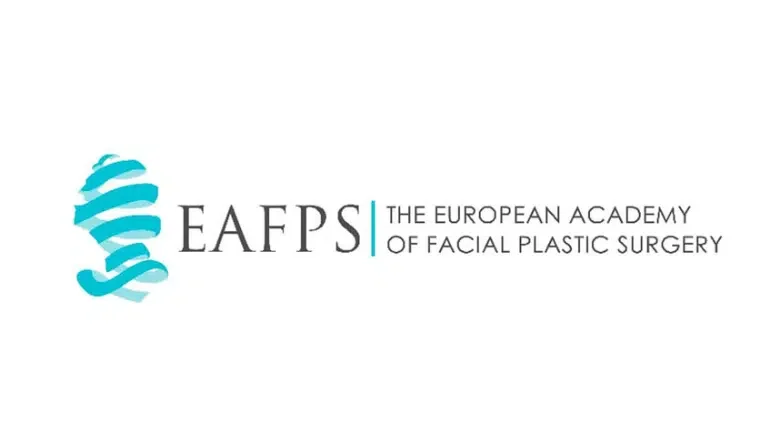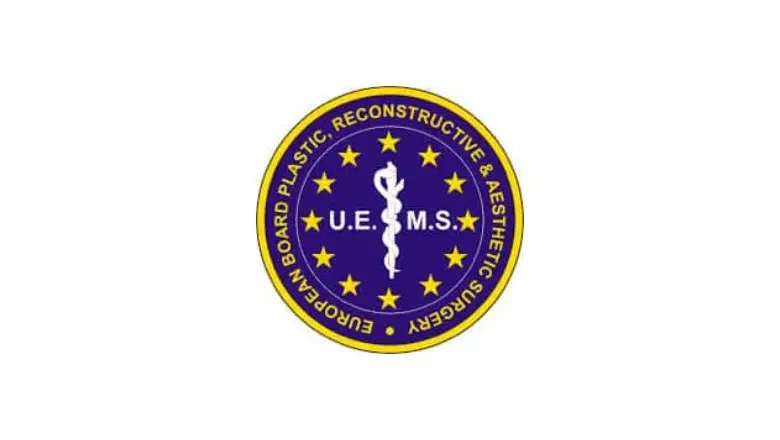Liposuction is a highly effective body contouring procedure for the targeted removal of excess body fat from most parts of the body. It is ideal for patients who have been unable to lose this excess fat through diet and exercise alone. Liposuction is also known as ‘lipo’ and is one of the most popular procedures at Centre for Surgery in London. Our surgeons are fortunate to have access to the full range of liposuction technologies, including SmartLipo, BodyTite and power-assisted liposuction. Liposuction is very commonly used in combination with fat transfer procedures, including Brazilian Butt Lift surgery and excess skin removal procedures, including tummy tuck, arm lift, and thigh lift. Many patients are understandably concerned about the possibility of their skin becoming loose and flabby after the liposuction procedure. Liposuction usually does not result in excessive skin laxity, provided the correct patient is chosen for the liposuction procedure.
Will the skin sag after liposuction?
It is very unlikely for the skin to sag after liposuction surgery. The exception is when surgeons remove very large volumes of fat in patients with a degree of pre-existing skin laxity, particularly in the abdominal area. In these cases, the correct treatment would be liposuction combined with a skin excision procedure such as abdominoplasty surgery to enable more effective treatment of the loose skin. Patients are more likely to develop loose skin after undergoing dramatic weight loss or after pregnancy.
Does liposuction result in skin tightening?
Traditional liposuction is not a recognised method for the treatment of sagging skin. However, any liposuction procedure may result in a mild degree of skin tightening as a secondary benefit of the procedure. Patients may note the tightening effect to be more noticeable in areas where the skin is more delicate, such as the skin overlying the neck or in the upper arm region. In areas where the skin is thicker, liposuction alone can effectively remove unwanted fat without the risk of causing excessive skin laxity. Patients with significant amounts of sagging skin or skin laxity in areas such as the lower abdomen may find that liposuction alone will not address the skin laxity and, in some cases, could even worsen loose skin. Liposuction can give fantastic results with a significant degree of skin tightening in other areas of the body, such as the lower back, where the skin is thicker. Our surgeons use power-assisted liposuction as their preferred technique and, in many cases, may combine it with BodyTite or FaceTite for additional skin tightening without the traditional scars associated with excisional surgery.
How much skin retraction can be achieved after liposuction?
Every patient is different regarding their skin quality and the potential for skin retraction after a liposuction procedure. As noted above, any liposuction procedure can result in a mild degree of skin tightening, commonly occurring during recovery. In many cases, the appearance of the skin may take many months to heal before improved skin quality is noticed. For patients with pre-existing skin laxity, as is common after dramatic weight loss, the skin may not retract sufficiently, and this could lead to the impression of worsened skin laxity after the liposuction procedure. All patients will develop some degree of skin laxity with the ageing process. Many patients have stretchmarks due to significant weight gain or weight loss, which can also directly affect the degree of skin retraction possible after liposuction.
After any liposuction procedure, it is vitally important to follow all the post-operative instructions your surgeon and the nursing team gave to you to ensure you get the best possible results. It is important to wear the post-operative liposuction compression garment for at least six weeks following the procedure. The purpose of the compression garment is to ensure the skin is firmly applied against the underlying soft tissue layer, which will help optimise skin retraction even further. The healing process is much faster when patients wear the compression garment as directed by their surgeon. The risk of seroma and haematoma formation is much less in those who wear compression garments correctly fitted after liposuction. When compression garments are not worn as recommended, the risk of sagging skin and skin laxity is much higher.
Generally, our surgeons recommend taking about seven days off after the liposuction procedure; however, this advice will depend on the type of work undertaken, with more physical jobs requiring a longer period off. Patients should refrain from driving a car for one week after the procedure. Most bruising and swelling should settle down over the first 3 to 4 weeks.
The recovery process can be optimised by staying away from several different activities. Patients should avoid strenuous exercise in the gym for six weeks after liposuction and should avoid any sexual activity for the first two weeks after the procedure. Your surgeon can advise you on accurate timings based on the type of liposuction procedure you are having. It is also recommended to keep out of strong sunlight and avoid sunbeds to minimise the risk of hyperpigmentation of the scars. The best sleeping position after liposuction is to lie on one’s back for the first two weeks and to avoid lying on your front as much as possible. At Centre for Surgery in London, the Care Quality Commission described our after-care program as ‘outstanding’. All patients will receive a post-operative phone call the day after the procedure, followed by a post-operative wound check appointment one week after. You will also have full access to our post-operative nursing team for any questions or queries. Our post-operative nurses are trained in all aspects of liposuction recovery care and will be able to offer tailored post-operative advice for getting the best results after liposuction.
How to treat sagging skin after liposuction?
Combining liposuction with skin excision is the best treatment option for patients with significant amounts of fat removed and with significant pre-existing skin laxity. The ideal treatment would be an abdominoplasty, a tummy tuck to remove excess skin. For appropriately selected patients, the option of a Brazilian tummy tuck, which involves a combination of liposuction with tummy tuck surgery, could be ideal. A lower body lift or belt lipectomy could be ideal for patients with skin laxity affecting the buttocks or outer thighs.
Liposuction is specifically designed to address excess fat deposits in unwanted parts of the body, and patients with loose and saggy skin may find that the appearance of their skin may be unchanged or even worse after a liposuction procedure. The ideal treatment approach would be to combine liposuction with a tummy tuck or arm lift, depending on the part of the body affected by skin laxity. There are a number of non-invasive treatments to address skin laxity, including laser skin tightening and Morpheus8. These treatments can improve skin laxity in those who have mild to moderate degrees of sagging skin.
If you are keen to find the best treatment for you, contact one of our friendly and knowledgeable patient coordinators to book a face-to-face consultation with an expert body contouring surgeon. At the consultation, your surgeon will listen to you carefully to understand your expectations for treatment and then perform a physical examination to determine the most appropriate treatment. The risks and complications of each treatment option will be discussed in detail.
At Centre for Surgery in London, we are fortunate to offer a full range of body contouring procedures, including liposuction, tummy tuck and non-invasive options, including laser skin tightening and BodyTite. We are renowned for our expertise in the Brazilian tummy tuck procedure, which is often combined with breast uplift as part of a mummy makeover procedure.
